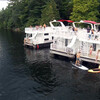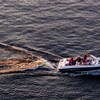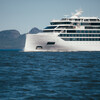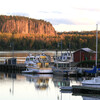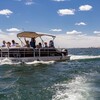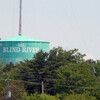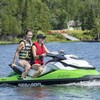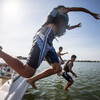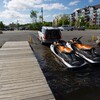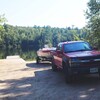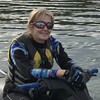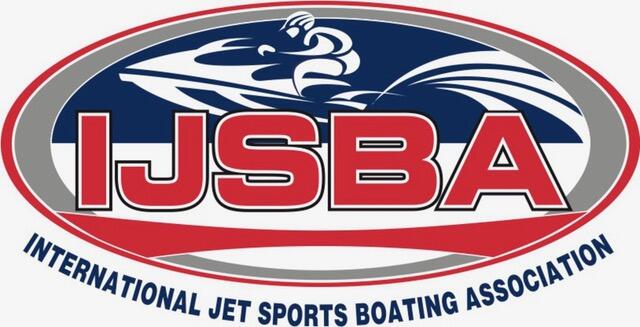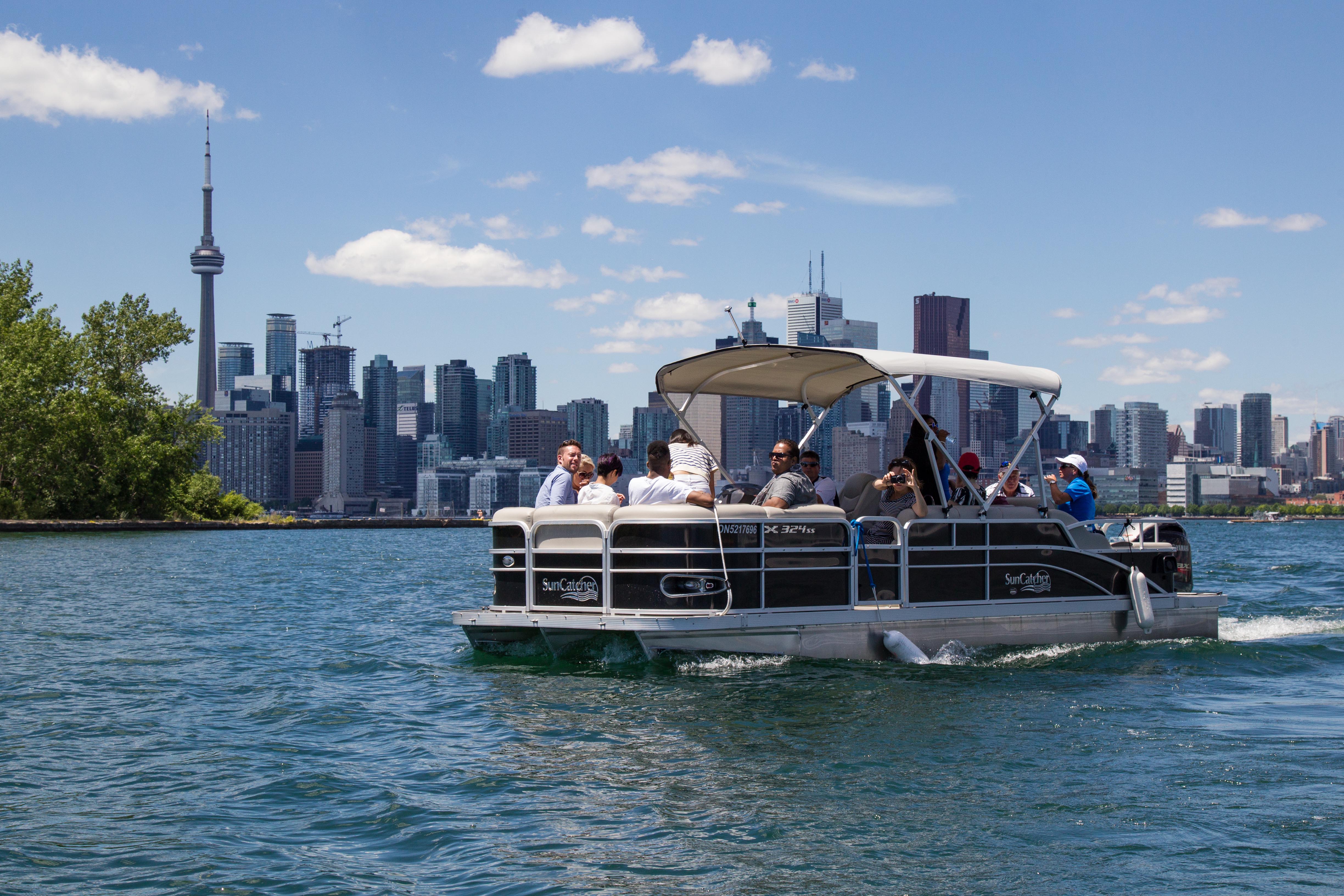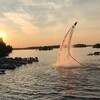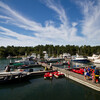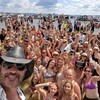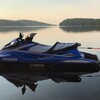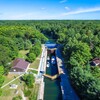
Fast and Furious (and Soaking Wet) Here Are 8 Things to Know About Racing Your PWC
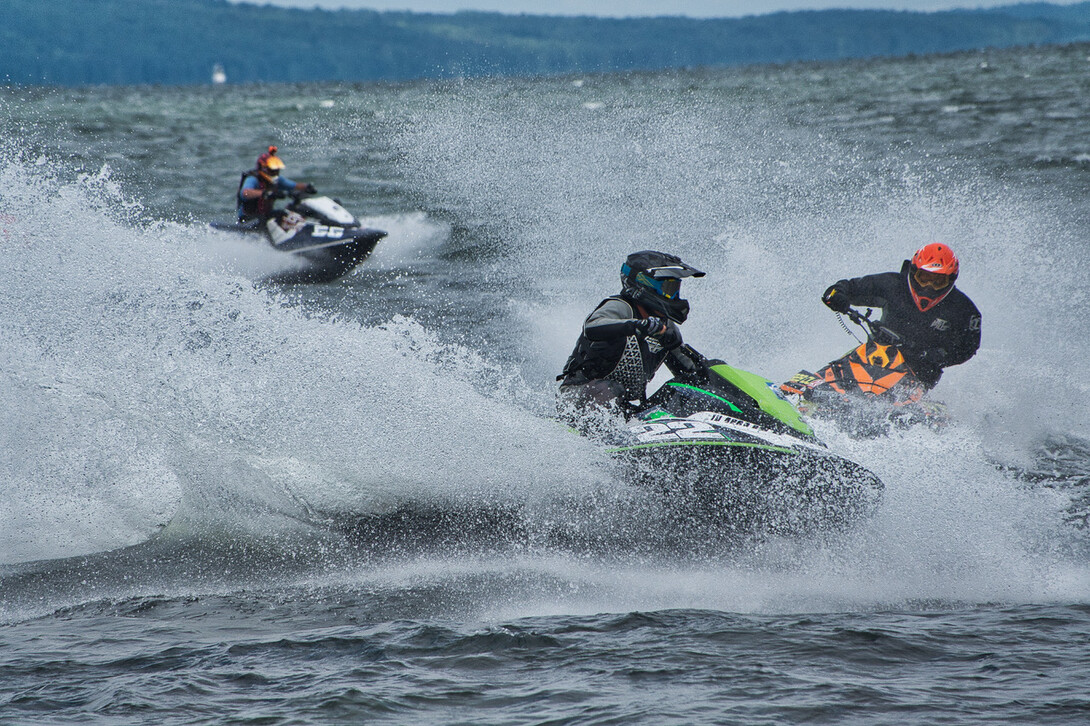
You’ve developed skills and gained experience riding some amazing Ontario spots on your PWC and you've gone on many day trips. Now perhaps you're wondering “what else can I do with my PWC?” How about PWC racing? I’m not talking about a pick up race between two machines on a river or lake but properly sanctioned Watercross racing where PWCs in the same category race around a closed course circuit to determine who is fastest.
The International Jet Sports Boating Association (IJSBA) in Lake Havasu City in Arizona is the overall governing body for PWC Racing worldwide. All the necessary details, including the different regions and rules for racing are found on their website. However, let’s get started with a few things you need to know to get involved with PWC racing.
For PWC racing in Ontario, the contact you need to know is Amy Green, at CanAm Watercross. Get in touch via the facebook page or contact Amy Green directly via FB Messenger or via email canamwatercross@gmail.com. During normal years CanAm Watercross hosts 4-5 races which are held in Ontario and bordering US states during the summer months.
Many PWC racers from Ontario also participate in races in the USA, with Region 8, East Coast Watercross, being the closest to Ontario. There are 5 race weekends held throughout the summer months in communities in New York and Massachusetts. Contact East Coast Watercross via its site or on facebook.
What if I've never raced my PWC before?
New racers are warmly welcomed and gladly shown the ropes by experienced racers. Many new racers over the years have commented that they’ve never been so warmly welcomed at an event. They quickly become part of the race community and continue to race and, in turn, help new racers.
Does it matter what PWC you have?
Not really as the rules are set up so you can “run what you brung.” There’s a novice class for just about any PWC. You can find that info here. Skill levels range from Novice to Expert across the range of PWCs. As a new racer, you will be in the novice class for the PWC that you brought to race. As you gain racing experience you have the opportunity to move up through the levels.
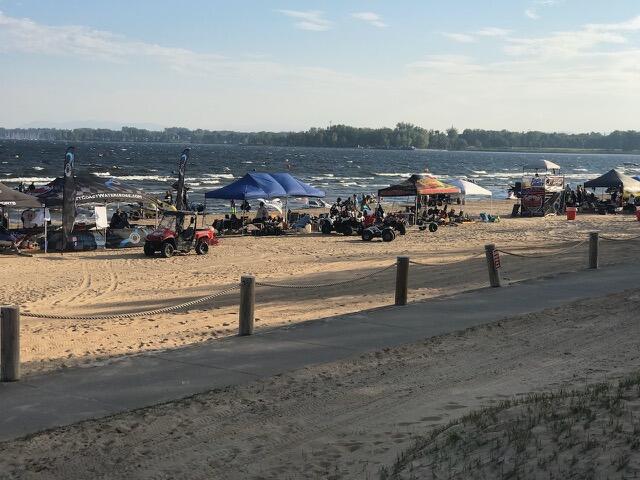
What do you need to participate?
A race number which you get when registering with the IJSBA, personal floatation device (PFD), helmet, entry fee, and a willingness to learn and have fun. Race weekends are two days providing two full rounds of racing. Each round has two motos for each class. This works out to four races for each class you enter plus practice sessions and orientation laps.
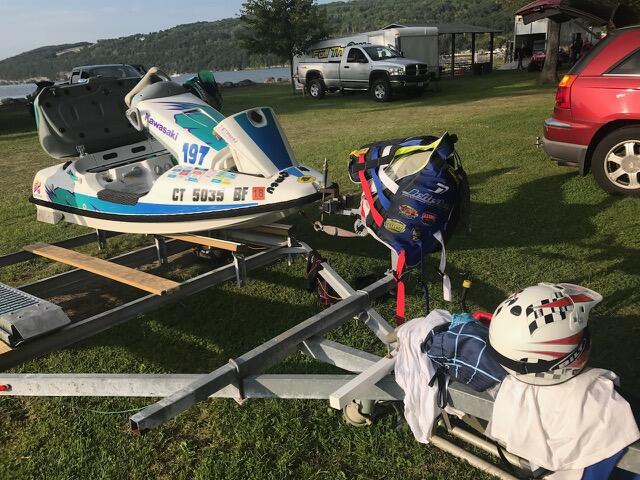
When you arrive for your race weekend, your PWC will undergo a tech inspection to ensure your PWC meets basic requirements, and you'll attend a mandatory morning riders’ meeting. There will be practice laps and some time to do last-minute PWC tuning if needed and then the racing begins.
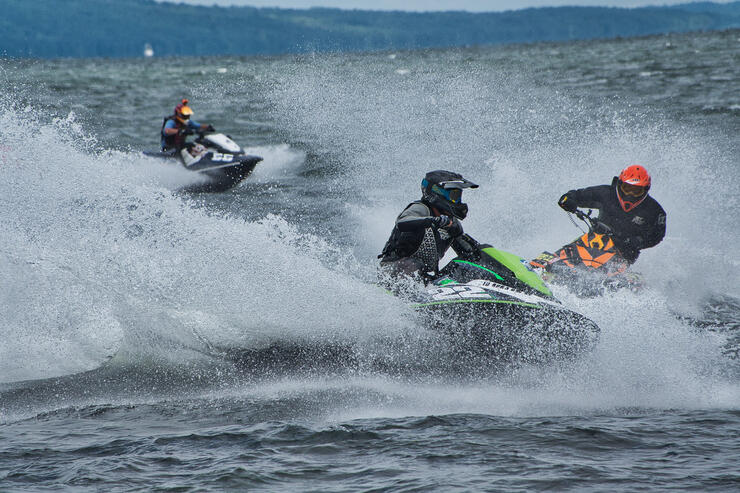
Here are some of the key things to know when you’re on the race course.
1. Starting Line
Racers are called to the line as the previous race is ending. Starting positions are set prior to the race, so you know where you are in the lineup. There is a bright rubber band stretched across the start line that everyone lines up behind. The race official in the tower will go along the line pointing at each racer to ensure they are ready to race. A card will be held up with the number of laps to be completed. The machines fire up with "holders" holding the machine in place while the rider revs up their PWC. Once the band snaps, the racers are off and the excitement begins.

2. Buoys
The buoy colors indicate what each racer does when approaching them.
- Red: pass with the buoy on your left
- Yellow: pass with the buoy on your right
- White: Start/Finish line. Laps completed are counted at this point.
- Blue & Green: define a split course. One is more technically challenging, one is more speed challenging. Racer can choose whichever one suits them.
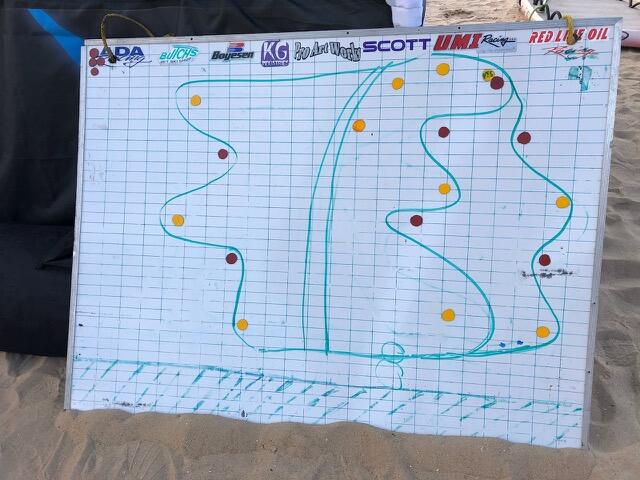
3. Flag meanings
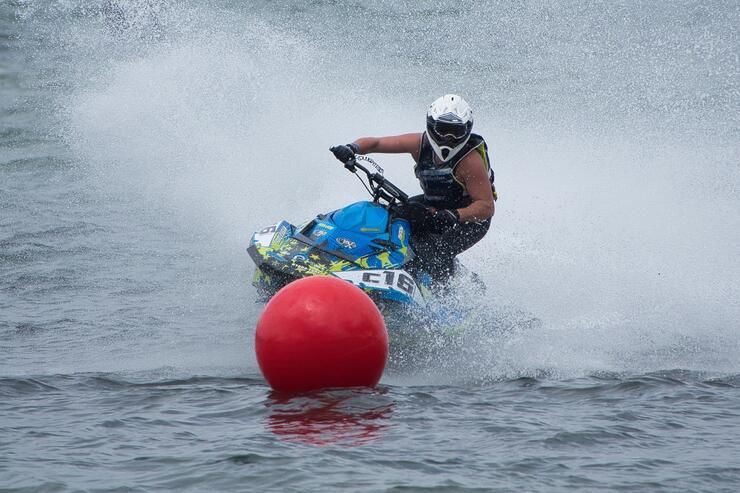
Flags are used to communicate important information to racers on the course. You will see the Race Marshals (who will also blow whistles) and the Tower using these to get the attention of the racers.
- Red: Extreme Danger or False Start. Racing is stopped.
- Yellow: Hazard in the water. Usually a rider down and an unmanned PWC floating nearby. Proceed with caution.
- Green: Clean Start
- White: Second last lap
- Black: Unsafe behaviour on the course. Flagged rider must leave the race course immediately.
- Blue with yellow diagonal stripe: Lapping traffic. You must let them pass.
- Checkered Finish line: Race has ended.
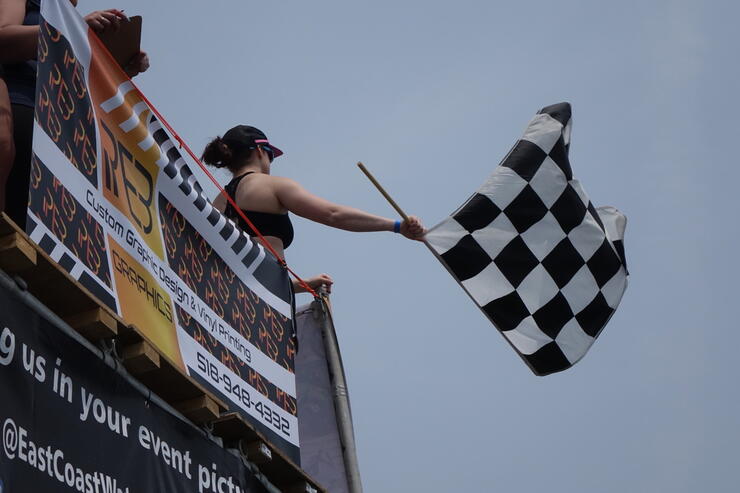
4. Scoring
There are usually 2-3 people in the tower closely watching the race and noting when each racer finishes each lap. When the race is finished, each racer is assigned points based on where they place in the race. The number of points decreases from first place to last place finisher.
5. Support
You will need a pit crew. Pit crew members can be your family and friends. They are there to help you get to the starting line, ensure that your PWC is in running order, and give you loads of support.
6. Sponsors
If it’s your first race, you probably don’t have any sponsors. That will come as you continue to grow in the racing world. Often it’s family members, a family business, or a friend’s business that would be your first sponsors. There are many PWC businesses that take applications for annual sponsorship resulting in discounts for their products in return for you promoting them.
7. Photography
Go ahead and get your family and friends to take lots of pictures of you racing. It’s a great way to remember your weekend on the course. There are also photographers with professional gear taking photos of the races and racers on site. They will have photos available for sale after the event or in some cases you can purchase a photo package from them prior to the race. This ensures that you’ve got a selection of excellent photos.
8. Awards
At the end of the day, awards are given out to the first, second, and third-place finishers for each class in each round. It’s a time to get together and celebrate each other’s success—even if it doesn’t include you being on the podium. Everyone is there to race for their own reasons. Some, like yourself, may be there racing for the first time. Some are testing the limits of a machine. Some have a goal of finishing top 5 or top 10. And some are just happy to race regardless of their results. Congratulations all around to everyone there, be they a racer, supporter, volunteer, or race staff. It’s a fantastic and adrenaline-charged weekend you won’t soon forget.
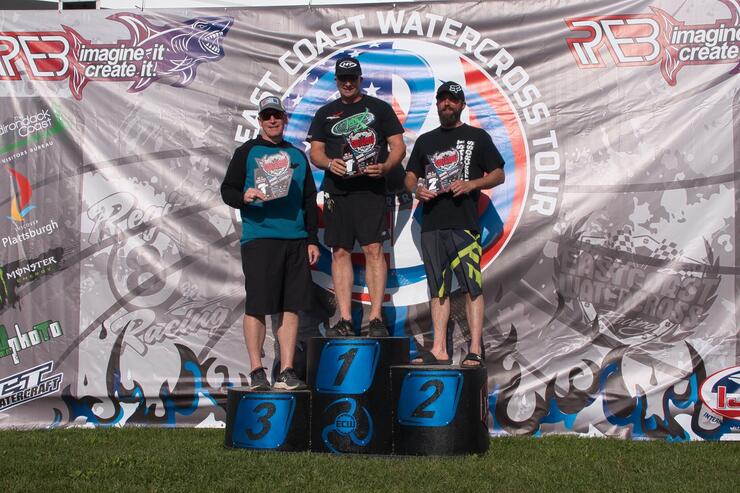
Recommended Articles
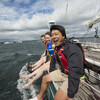
6 Ways to Explore the Great Lakes by Boat or Cruise

Discover Northern Ontario's Top Boat Tours

A Guide to Boating the Trent Severn Waterway in Ontario 2025

Boating Events in Ontario: A Complete Guide to Summer 2025

19 Charming Lighthouses to Visit in Northern Ontario
I Boated the Trent Severn Waterway and Here's What It Was Like
I Sailed the New Viking Octantis and Here's What It Was Like

Canadian Canoe Museum
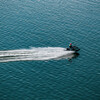
14 PWC Itineraries and Tips for Riding in Ontario

A Thousand Adventures: Boating the 1000 Islands in Ontario
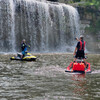
Road Tripping with your PWC
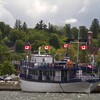
Boat Tours and Cruises in Ontario
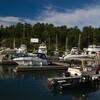
A Guide to Ontario's Marinas

5 Baller Boating Destinations in Ontario
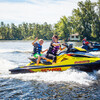
Amazing PWC Getaway
